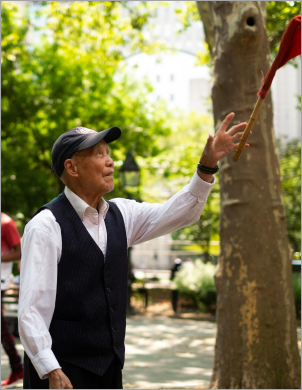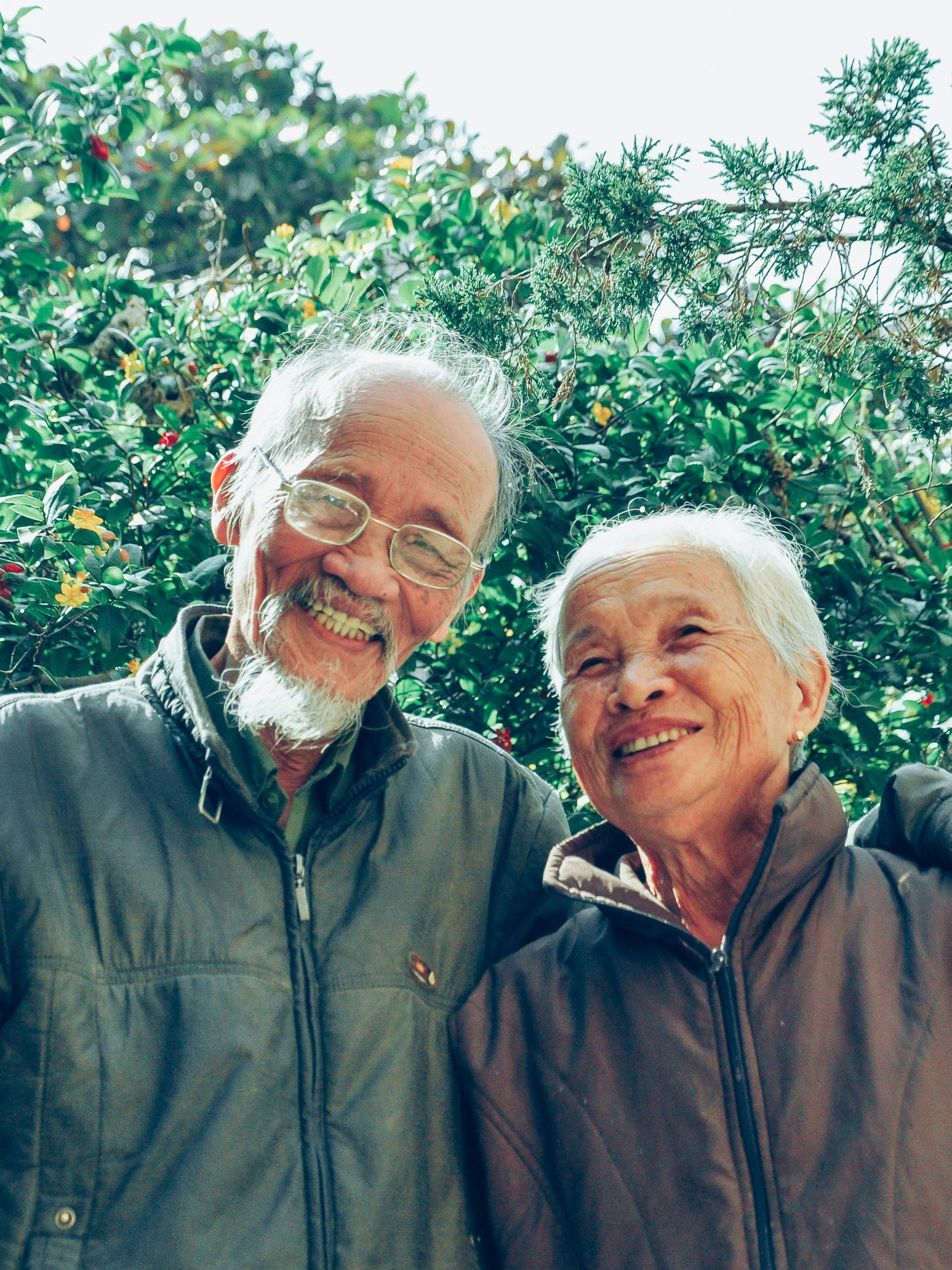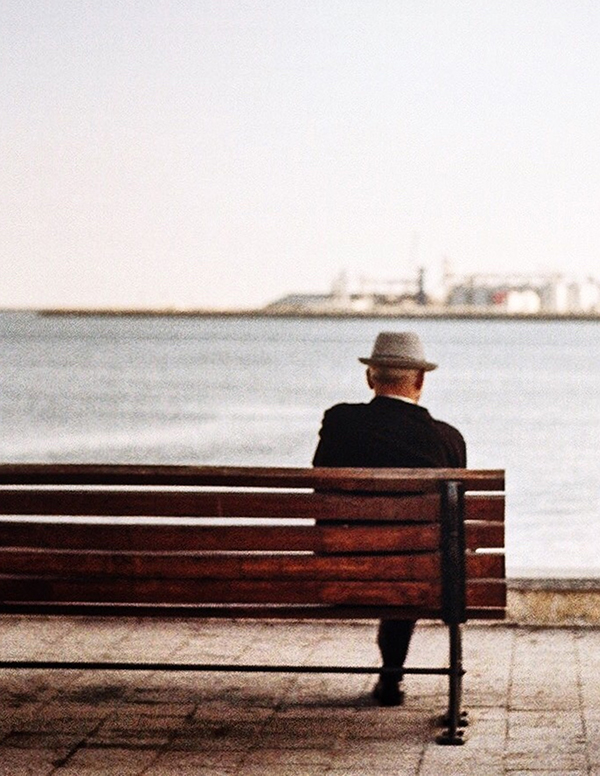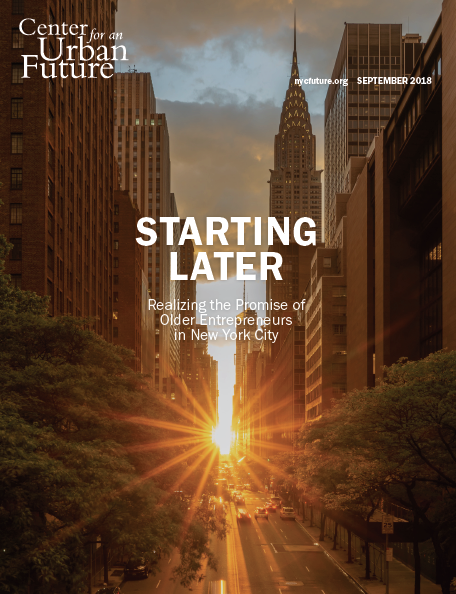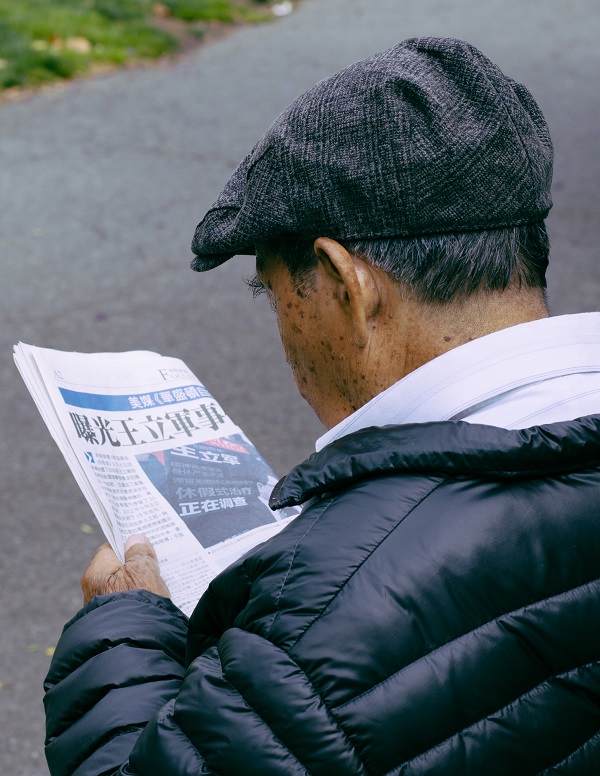Testimony of Rachel Neches
Data Researcher, Center for an Urban Future
Before the New York City Council
Committee on Aging, jointly with the Committee on Immigration
on the Needs of Immigrant Older Adults
February 27, 2024
Good morning. I’m Rachel Neches, the Data Researcher at the Center for an Urban Future, an independent think tank focused on creating a stronger and more inclusive economy in New York. Thank you to Chair Hudson, Chair Avilés and members of both committees for the opportunity to testify.
A decade ago, the Center for an Urban Future published The New Face of New York’s Seniors, the first comprehensive report to document the fast-growing population of older immigrants across the five boroughs. At the time, we showed that foreign-born New Yorkers made up an incredible 46 percent of all older adults in the city, and we detailed the many unique challenges that New York’s older immigrants face—from financial insecurity to elder abuse and social isolation. We’ve since published several other reports about the city’s rapidly aging population, the troubling prevalence of poverty among the city’s older adults, the continuing challenges facing older immigrants, and opportunities to tap the many strengths of older New Yorkers—as workers, entrepreneurs, mentors, and more. About a month before the start of the pandemic in 2020, we published a blueprint for expanding and improving older adult services in the city, with 63 policy recommendations for how city and state policymakers can meet the needs of New York’s fast-growing older adult population.
Our latest research shows that immigrants make up an even greater share of the city’s older adult population today. Indeed, foreign-born New Yorkers account for an incredible 52.2 percent of all those who are 65 and over in New York City today. Overall, 726,000 immigrant New Yorkers are 65 and above. That’s roughly the size of the entire population of Seattle.
In total, there are around 350,000 more older New Yorkers than there were 10 years ago, a rise of 34 percent. While the entire older adult population has swelled over the last decade, older immigrants have largely propelled this growth, representing 234,000, or 66 percent, of these additional older New Yorkers.
The growth of New York’s older immigrant population is far outpacing that of U.S.-born seniors; older immigrants have increased by 47 percent in the past decade, while U.S. born adults have risen by 21 percent. While this demographic shift is seen in every borough, it is happening most prominently in Queens, where the number of immigrant seniors has risen by 59 percent while the U.S.-born senior population increased just 12 percent.
Our research at CUF demonstrates that not only is the older population larger and more diverse but has also been getting poorer, a deeply troubling development. Today, there are over 250,000 older adults living in poverty in New York City, 34 percent more than a decade ago.
And while the city’s entire older population is experiencing a rise in poverty, older immigrant New Yorkers tend to be the most vulnerable. While older immigrants represent 52 percent of all older adults, they make up 64 percent of older adults in poverty.
Citywide, there are 160,000 immigrant older adults living in poverty, or 22 percent of all immigrant seniors. In contrast, only 13.6 percent of U.S. born seniors live in poverty. In Manhattan, 29 percent of older immigrants live in poverty, compared to 11 percent of U.S.-born older adults. The Bronx also has a poverty rate of 29 percent for its older immigrants. And over the past decade, all boroughs except Staten Island saw an increase in the total number of older immigrants living in poverty.
These demographic shifts have significant implications on how city services should be delivered. While many older adults struggle with financial security and healthcare costs, older immigrants can be among the worst off, tending to be poorer and with less in retirement savings. Almost all older immigrants receive much less in Social Security benefits than U.S.-born peers, including many who don’t qualify for the program or never enrolled. Language and cultural barriers can also serve as challenges to immigrants getting help or receiving the city and state supports they’re otherwise eligible for—from rent freezes to heating help to meal delivery.
Because of the obstacles that older immigrant adults often face, many in this group are at risk of falling through the social safety net. The dramatic rise of older immigrants in poverty will likely continue if policymakers do not address this trend and take new steps to support older immigrant New Yorkers.
Our 2020 blueprint for expanding and improving older adult services included several policy ideas that would help the city plan for its fast-growing and increasingly diverse older adult population. Among other things, we suggest that city leaders ensure that more of the city’s older adult services reflect the diverse needs of today’s older New Yorkers. We applaud the important steps that the City Council and the Department for the Aging (DFTA) have already taken to ensure that city services are serving today’s highly diverse older adult population, but there are still significant gaps in the reach and effectiveness of the city’s programs.
DFTA faces a budget cut of nearly $40 million next year, which would seriously limit the agency’s ability to keep pace with growing needs. Full funding should be coupled with renewed efforts to pursue innovation in older adult services. For instance, DFTA’s future RFPs should require all applicants to clearly demonstrate how they will ensure that their services are accessible to the immigrant populations in their catchment areas. Older adult services contracts should also give providers more flexibility to partner with organizations with the cultural and linguistic competencies to serve immigrant populations—including community-based workforce and small business development organizations, cultural groups, and public libraries. And city leaders should ensure that other key agencies are prioritizing the needs of immigrant older adults, including the Departments of Transportation, Housing Preservation and Development, Small Business Services, and Parks and Recreation.
Our other recommendations for city policymakers include launching a major new initiative to reduce poverty among older New Yorkers, undertaking a citywide campaign to enroll older New Yorkers in federal, state, and local benefits programs for which they are eligible, and increasing city funding for older adult services to keep pace with the growth of this population and the rise in unmet needs.
Thank you for the opportunity to testify.
